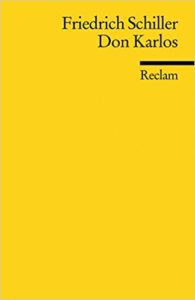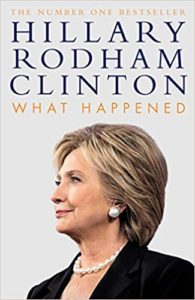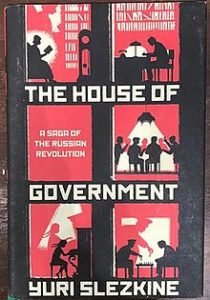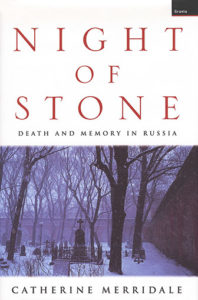I’ve now read 100 books in 2018. I won’t stop between now and the end of the year, but this seemed like a good point to pause and take stock. Here’s a list of my top 10 SFF, fabulist, or otherwise wackadoodle books from the last year, presented in the order that I read them (not by order of enjoyment).
The Princess Bride (William Goldman)
Mrs. Caliban (Rachel Ingalls)
The Merry Spinster (Daniel Ortberg)
Freshwater (Akwaeke Emezi)
Lincoln in the Bardo (George Saunders)
Night Beast (Ruth Joffre)
Stand Still, Stay Silent, book 1 (written + drawn by Minna Sundberg)
The Future Is Female (ed. Lisa Yaszek)
Spinning Silver (Naomi Novik)
How Long ‘Til Black Future Month? (N.K. Jemisen)
And here’s a quick breakdown, for all you last-minute gift buyers out there.
The Princess Bride is better than the movie in almost every way, the only lack being Wallace Shawn (whose inimitable nasal tones and marvelous brocade jacket would be a tall order to include in any novel). I have the 25th-anniversary edition, which includes a short piece called “Buttercup’s Baby,” but any of them would have sufficed. Pro tip: best read out loud, to someone younger than you. Practice doing the voices first.
Mrs. Caliban does a lot of work in a remarkably compact space. If you liked The Shape of Water (which Mrs. Caliban preceded by three decades), you’ll also enjoy this. It centers on a housewife who engages in an extramarital affair with an escaped piscine gentleman, with unsettling consequences.
The Merry Spinster‘s standout story, “Daughter Cells,” also has to do with intelligent ocean life. Come for the murderous merpeople, stay for the wickedly clever and inventively-gendered reimaginings of fairy tales, folklore, and classic children’s literature. (Ever thought Frog and Toad Are Friends got a little gaslight-y? This is the book for you.)
Freshwater is the kind of book you read in one sitting—not because it’s short, but because its world and voice are so deeply absorbing. It’s a distant cousin of Helen Oyeyemi’s first novel, The Icarus Girl, although Emezi’s work is at once scarier and more experimental. Give yourself some time to return to the familiar world after you finish.
I can’t recommend Lincoln in the Bardo more highly than all of your Facebook and Goodreads friends already have. Now that it’s out in paperback, you don’t have any excuse not to read it. Though I’ve heard the audiobook is also excellent, if that’s your thing.
Night Beast is to Kelly Link’s Stranger Things Happen as Freshwater is to The Icarus Girl. Joffre publishes in a wide variety of venues, from bastions of domestic realism like The Kenyon Review to Lightspeed, John Joseph Adams’s SFF journal, and there are a number of genre-benders here. If you want a sample, here’s my favorite, “Safekeeping,” at DIAGRAM.
I’m cheating a little with Stand Still, Stay Silent, since you can read all of that gloriously slow-paced and lavishly-drawn webcomic online, for free. (But you can also buy a hard copy, and save yourself some clicking.) Book two is in the works right now, with updates four days a week.
The Future Is Female turned out to be one of those rare books that I got from the library, and then wished I’d bought outright. It’s a smorgasbord of 19th- and 20th-century speculative fiction by women, which is sort of my specialty, but at least two-thirds of the writers here were new to me. There’s a lot of good work to choose from here (one of the distinct advantages of anthologies over single-author collections), but my favorite by far is C.L. Moore’s “The Black God’s Kiss.” A small peeve: the Le Guin story closing the anthology, “Nine Lives,” is good but by no means her best.
Spinning Silver is a companion book, of sorts, to Uprooted, an earlier (and also excellent) Novik novel. It’s the only novel I can think of, off the top of my head, to engage at nuanced length with one of medievalesque fantasy’s neglected experiences: that of such a setting’s Jewish population.
How Long ‘Til Black Future Month deserves a post unto itself. I was not previously familiar with Jemisen’s work, but now I want to go out and get everything she’s done. What impressed me most was the range of voices, settings, and genres—the fey are in this book, but so are Lovecraftian monsters, spaceships, and people who feed on earthquakes. If you need convincing, have this piece, “The City Born Great,” from Tor.com.




